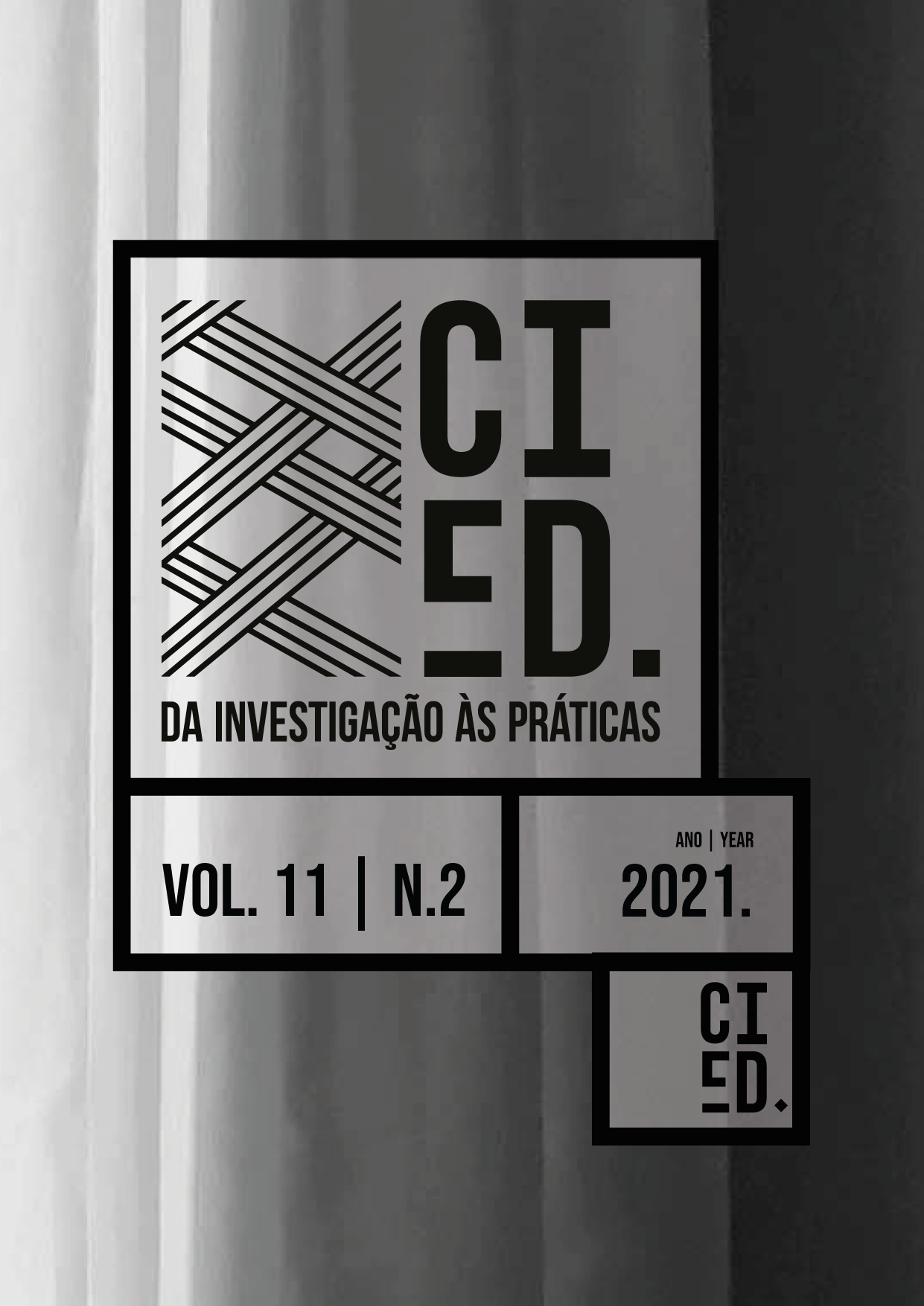Identificação e discriminação de consoantes oclusivas do português europeu por aprendentes chineses com níveis diferentes de proficiência
DOI:
https://doi.org/10.25757/invep.v11i2.278Abstract
Este trabalho estuda e analisa a perceção de sons consonânticos oclusivos do Português Europeu por aprendentes chineses, com diferentes níveis de proficiência, B1 e C1. Com base em trabalhos como os de Flege (1995) e Best (1995) e nos modelos por eles desenvolvidos, procura-se encontrar resposta que nos permita, enquanto professores de português língua estrangeira, entender melhor as dificuldades manifestadas pelos aprendentes e perceber que fatores poderão estar subjacentes a essas dificuldades. Numa primeira observação de resultados percebe-se que o par [k / g] é o que mais dificuldades causa, em termos de identificação e discriminação. Outro aspeto que sobressai é a ideia de que a língua materna influencia a perceção de sons consonânticos oclusivos, enquanto a experiência de aprendizagem em imersão, e o tempo de estudo não parecem influenciar, significativamente, a percepção das consoantes oclusivas do PE por aprendentes chineses.
Downloads
References
Best, C. T. (1995). A direct realist perspective on cross-language speech perception
Best, C. T. & Tyler, M. D. (2007). “Nonnative and second-language speech
perception: commonalities and complementarities”, in Second language
speech learning: The role of language experience in speech perception and
production. Amsterdam. John Benjamins.
Flege, J. E. (1987). “The production of “new” and “similar” phones in a foreign
language: evidence for the effect of equivalence classification”, in Journal of
Phonetics, (1987)15, pp.47-65.
__________ (1988). “The production and perception of foreign language
speech sounds”, in Human communication and its disorders: a review.
Norwood: Ablex, pp. 224-401.
__________ (1995). “Second language speech learning: Theory, findings, and
problems”, in Speech perception and linguistic experience: Issues in cross-
language Research. York: York press, pp.233-277.
Kluge, D. C., Rauber, A. S., Rato, A. & Santo, G. R. (2013). “Percepção de sons
de língua estrangeira: questões metodológicas e o uso dos aplicativos
PRAAT e TP”, in Revista Letras, N. 88, jul./dez. 2013, pp. 171-188. Curitiba:
Editora UFPR.
Liberman, A. M., Harris, K, S., Hoffman, H. S. & Griffith, B. C. (1957). “The
discrimination of speech sounds within and across phoneme boundaries”,
in Journal of Experimental Psychology, Vol. 54, No. 5, 1957.
Lin, T. & Wang, L. (2013). Curso de Fonética. Beijing: Peking University Press 林
焘 & 王理嘉. (2013). 语音学教程. 北京: 北京大学出版社.
McGuire, G. (2010). “A brief primer on experimental designs for speech
perception research”, in Methods in Speech Perception.
Rauber, A. S., Rato, A. & Silva, A. L. (2010). “Percepção e produção de vogais
anteriores do inglês por falantes nativos de mandarim”, in Diacrítica, Nº 4/1
– 2010. Braga: Universidade do Minho.
Santos, G. R. (2015). “Análise de dados de perceção e produção do espanhol
por falantes do português brasileiro em zona de fronteira” in Organon.
Porto Alegre, v. 30, n. 58, pp. 69-89.
Downloads
Published
How to Cite
Issue
Section
License
Copyright (c) 2021 Author(s) and Da Investigação às Práticas

This work is licensed under a Creative Commons Attribution 4.0 International License.
Articles published or submitted to Da Investigação às Práticas are licensed according to Creative Commons Attribution License (CC BY 4.0). Authors agree that:
Copyrights of all articles published are retained by authors with first publication copyright granted to the journal.
All articles are under the Creative Commons Attribution License recognizing the authorship of the publication and identifying that first publication took place in this journal.
Authors have the right to free distribute or make available in private or institutional pages the version published by Da Investigação às Práticas: Estudos de Natureza Educacional provided the original proper citation.
The journal only accepts articles not published previously (except in the form of an abstract or as part of academic thesis), that it is not under consideration for publication elsewhere. After published, the article cannot be published again partial or totally without the editorial board consent.





 e-ISSN: 2182-1372
e-ISSN: 2182-1372